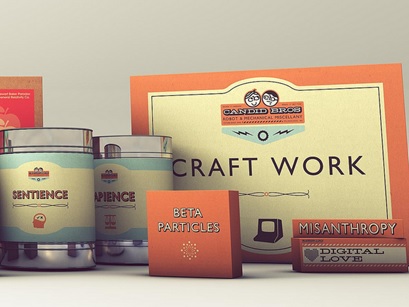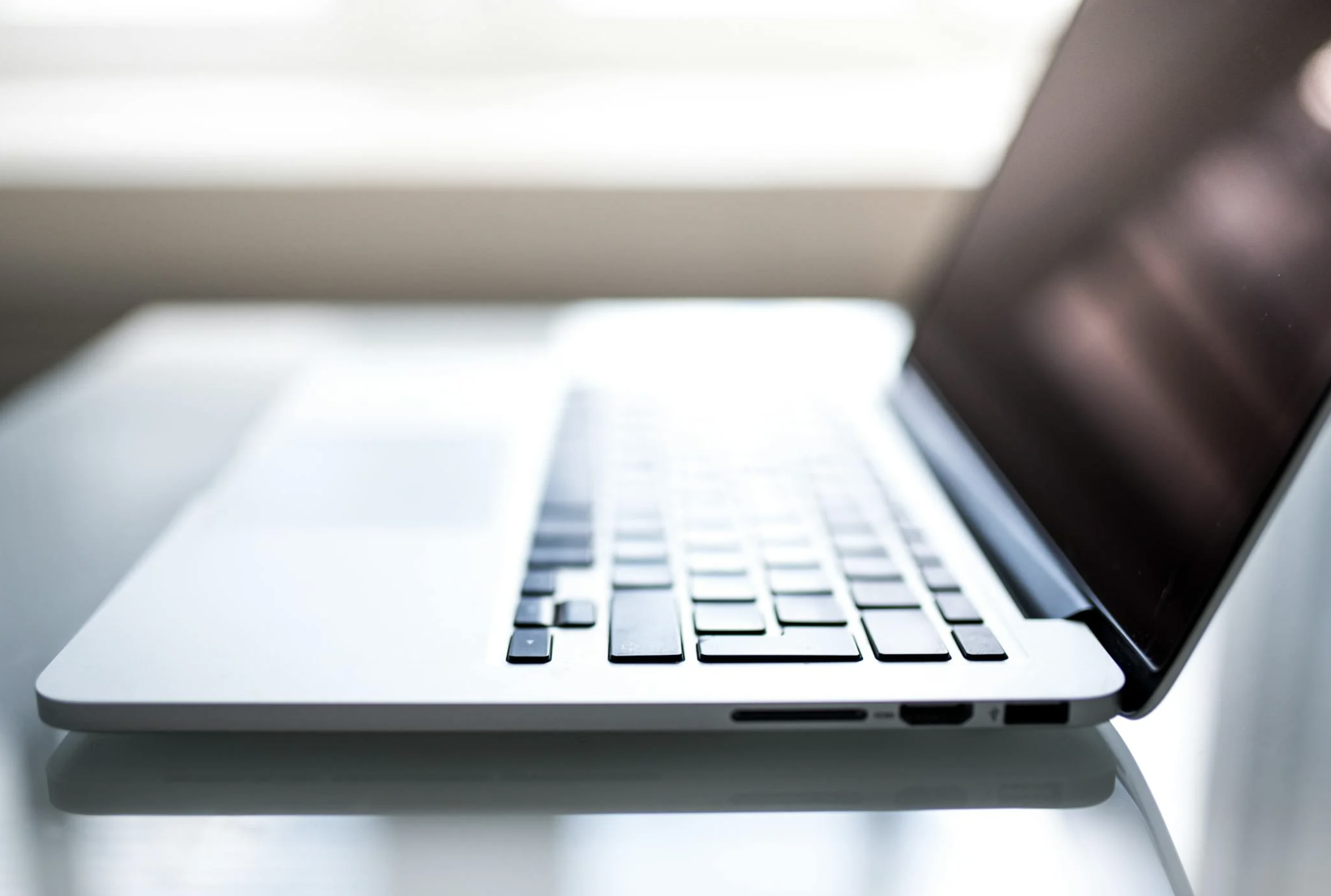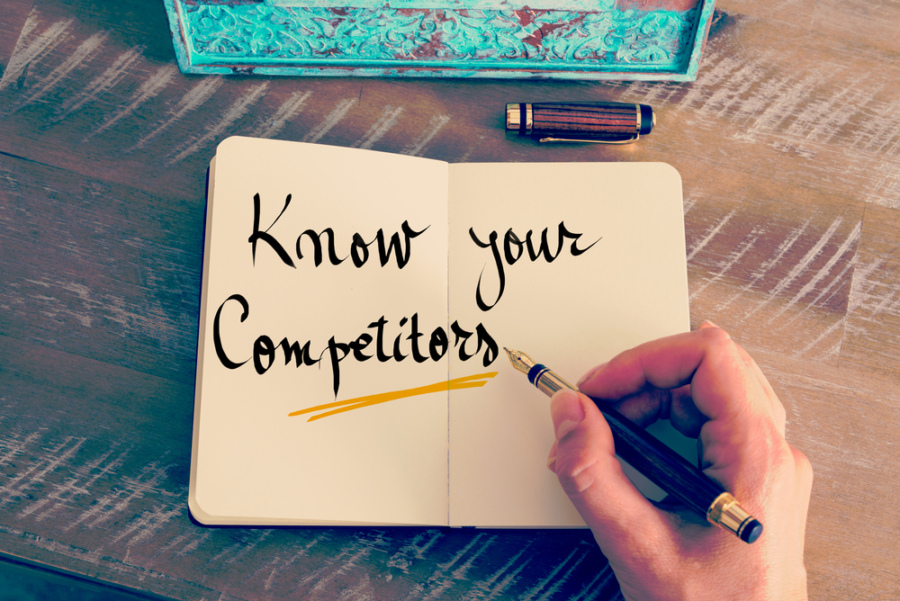Consumers can be forgiven for feeling blinded by endless choice on the shop floor. Countless similar products monopolise every inch of retail space. How do you make your product stand out?
Following this introductory guide will put you on the right track to designing great product packaging and getting your brand the recognition and market share it deserves.
Often what makes a product stand out is the packaging. Almost 70% of purchasing decisions by consumers are made based on the design of the package.
Why Package the product.
Packaging’s main purpose is to protect product during transportation and storage but it is also a part of the product experience itself; Jean Paul Gautier’s sailor shapes after shave bottle being just one of the iconic examples out there.
Product Packaging is direct advertising to the consumer in the retail environment and creates brand loyalty amongst consumers.
The Important Steps in the Package Design Process
1. Practical considerations.
In addition to creating packaging which looks good, it’s critical to design a package that will fit your logistical arrangements; think about how you need to store, transport and display the product and factor these considerations into the design process.
2. Eye up the competition
A good place to start when designing packaging is to find out what the competition is up to. Check out the packaging design of comparable products and look out for any in-store strategic places such as special stands.
3. Mix it up.
Think about what sets your product out from the competition. Look for ways to convey the uniqueness of your product to the consumer through the packaging; this could be done by using a distinctive logo, colour or packet shape.
4. Employ Visual Equities; the building blocks of design.
This stage is where the practical design work begins. Think of visual equities as the raw ingredients of your product design to base your design around.
Before beginning it is important to remember to design with the store display in mind.
- Shape –
for example the distinctive club shape of the Perrier water bottle helped it to earn its reputation as the “champagne” of mineral waters.
- Colour –
Coca Cola’s red and white logo is recognised in every country in the world.
- Illustration –
logos such as the Nike swoosh and the Apple logo are unmistakable.
- Name –
successful brand names often succeed the name of the product they offer; to hoover is more often used than vacuum cleaning and Googling has all but replaced the term using a search engine.
5. Negative violations.
It’s important to leave some blank space on the package in the event of special offers such as 50% off or buy one get one free deals. This way the overall package design isn’t compromised in the event of a promotion.
6. Create a mock up
This is the best way to evaluate how your visual equities combine and will show you how the product looks in a shop floor setting.
7. Precision Printing
Work with a printing specialist for the best advice and to ensure the packaging is economically viable.
8. Appeal to the consumer’s emotional dimension.
The best way to secure repeat sales is to have the consumer by into the products ‘story’ on an emotional level in a way they can identify or empathise with;
A famous example is Marks and Spencer’s using pictures of their farmers on packaging to create the impression of a more local and personal experience for the consumer.
9. Evaluate the design; consumer Scrutiny
The product may look great but it must also stand up to customer scrutiny. Whether its quality, price or a combination of factors, make sure the product packaging mirrors the message the product conveys.
Next examine how the package works as part of the product proposition?For example an environmentally friendly shampoo should come in consistently green packaging.
Finally, evaluate the overall package design with simple questions;
- Is it relevant?
- Is it different?
Now it’s over to you, whether you are going solo or hiring a consultant for that extra professional touch, you have the first steps in what can at first seem a daunting process but ultimately is the one of the best show cases for your products.
How do you look for innovative ways and opportunities for product design? Get in touch to share your experiences by commenting below.
Featured images:
License: Creative Commons
image source
Robert Dickson is a blogger who recommends Payne Worldwide.





